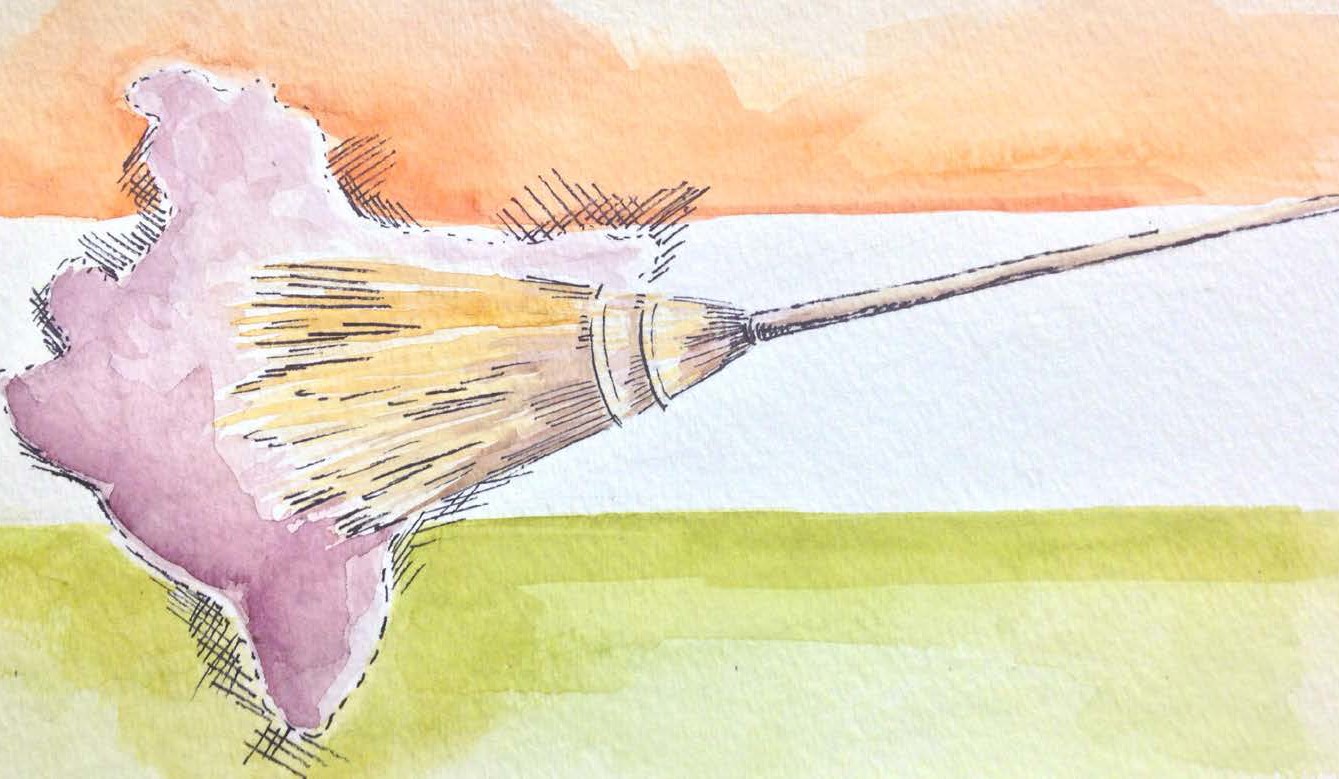The AAP, however, is more than just another political opponent for the established parties — it’s a populist challenge to the prevailing style of governance. The two main parties, the Bharatiya Janata Party (BJP) and the India National Congress (INC), appeal to their electorates through religious affiliation and economic policy. The latter emphasizes secularism, whereas the former has known connections with several Hindu fundamentalist organizations. Both avidly support increased liberalization of the Indian market. But the AAP claims to offer an alternative political program based on radical Gandhian notions of self-government or Swaraj: Placing control in the hands of local communities, holding open town hall meetings and making important decisions based on voter input are all central tenants of the AAP’s self-governance platform. Populist measures that the party supports, such as lowering the price of electricity and offering free potable water, are direct responses to demands made by the movement’s support base. The AAP’s vision revolves around a mass experiment in participatory democracy: The party paints itself as a mechanism for giving citizens the tools to represent themselves by decentralizing political decision-making and focusing on the local level. This strategy is working. As the party’s ranks expand, its model — and with it, the idea of people’s power — is gaining traction.
Arvind Kejriwal — the party’s head and an engineer trained in one of the country’s best technology schools — embodies the motif of the noble outsider on a crusade to clean up a broken system. He lives by the AAP’s anti-establishment political creed: using public transport, living in a modest three-bedroom flat and meeting personally to talk with disenfranchised rickshaw drivers. In doing so, Kejriwal successfully cultivates the image of a common man.
But looks may be deceiving — and the AAP’s adherence to populist doctrine has not been without pitfalls. According to media allegations, AAP leader Somnath Bharti conducted a vigilante raid on an apartment complex housing several African students accused of running a drug and prostitution ring, after failing to convince judicial authorities to intervene. A protest was held in favor of Bharti’s decision to take the law into his own hands, but this also elicited many of AAP’s supporters to question the party’s ability — or willingness — to check violence against marginalized communities. Shots aimed at party politicians and skepticism about just whom the party represents have been combined with larger critiques about the party’s leftist roots. Surjit Bhalla, chairman of an Indian financial advisory company, has said that members of the AAP “really have zero clue about how the world has changed. Their economic policies hark back to the 1960s or ‘70s.” Fears about the viability of populism have also upset establishment leaders, such as senior politician Salman Khurshid, who has claimed that the “AAP has some of the worst kind of third rate people across the country…they smell of anarchy.”
But even such harsh critiques are failing to make a strong dent in the AAP’s growing reputation as the anticorruption party. The party has launched a nationwide anticorruption campaign and is organizing rallies in 24 states. In Delhi, the AAP established a hotline for constituents to call in and report government corruption. And after only 49 days of being in office, Kejriwal announced his resignation from the legislative assembly. Kejriwal was commended for the move after portraying his decision as a principled act of protest against a corrupt government, and especially against established politicians connected to Mukesh Ambani, India’s richest businessman and energy tycoon. Ambani, recently the subject of an AAP corruption investigation, once claimed that the nation’s legislative assemblies were akin to his personal store. The AAP’s apparent refusal to be bought, then, offers a real possibility of a government outside the pocket of India’s economic elite.
The AAP’s reputation for anticorruption principles may well come to the party’s aid in the May elections, where it is reportedly planning on putting hundreds of candidates up for office. Whether the party remains viable in the long-term or not, the AAP’s presence shows there is grassroots support for a radical reconfiguration of India’s political cronyism and for a restored focus on India’s common man.
Emilio Leanza ’15 is a history and anthropology concentrator.
Art by Katrina Machado
